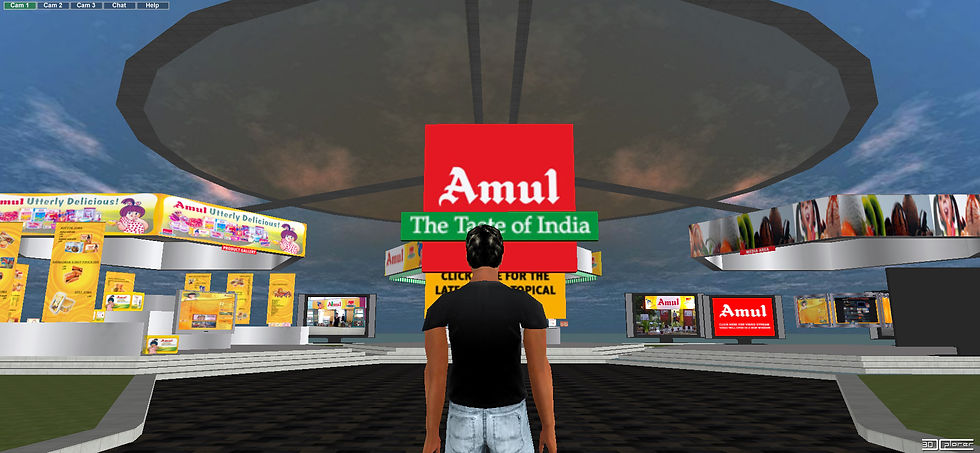My Metaverse Journey Part 2 - "A third place"
- Rahul Dutta
- Aug 28, 2022
- 2 min read
We were still building out spaces in Second Life for clients till around 2010, but even by then we were coming up against its limitations. A lot of our clients wanted to establish their presence in the metaverse, but only for internal use on their own servers. There were questions about privacy and exclusivity, and most of all the fact that you had to stay within Second Life's ecosystem.
Realistically though at the time, there were very few options that offered the sheer flexibility that Second Life did. OpenSimulator had come out but was still in early development, but at the time there was simply no other 'open' metaverse with a creator economy.
So, decided to explore a completely new direction, which was Web3D. I partnered with a company called 3DXplorer which at the time was creating a platform where people could interact with each other as avatars directly within a 3D website- no additional download or installation needed.

Of course, one of the first spaces we made on this new platform was for Amul, who were by now a long-standing client. They were happy because even though these new spaces didn't allow as much flexibility as Second Life, they could be embedded within the Amul website.
In this context, Web3D spaces were actually advantageous for a majority of our clients. Basically it was a trade-off between what you could do in a metaverse vs. on your own site, and in the main our clients were pretty happy even with the limited interaction set the latter offered.
This made me realize that people actually don't really need the full metaverse feature set, as it tends to have a pretty steep learning curve. Most are just happy with avatar-to-avatar interaction, information and the ability to navigate through 3D environments. This applies especially to events and retail spaces, where one wants to get the maximum amount of footfall without overloading servers for example.

The main advantages of Web3D (or as they are known today, WebXR) spaces is that casual visitors don't have to go through the entire process of downloading a client, registering, learning how to use things or even basic navigation and communication.
There are disadvantages as well, of course. Web3D spaces tend to be very limited when it comes to things like animation, scripting, or anything beyond a basic level of functionality. As a consequence, they do tend to be limited in terms of what all you can create within them. But for the average visitor it's not a big issue, since they hardly use the features of larger metaverses anyway.



Comments